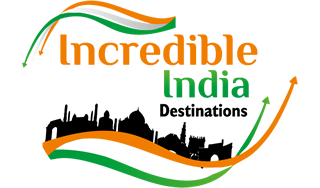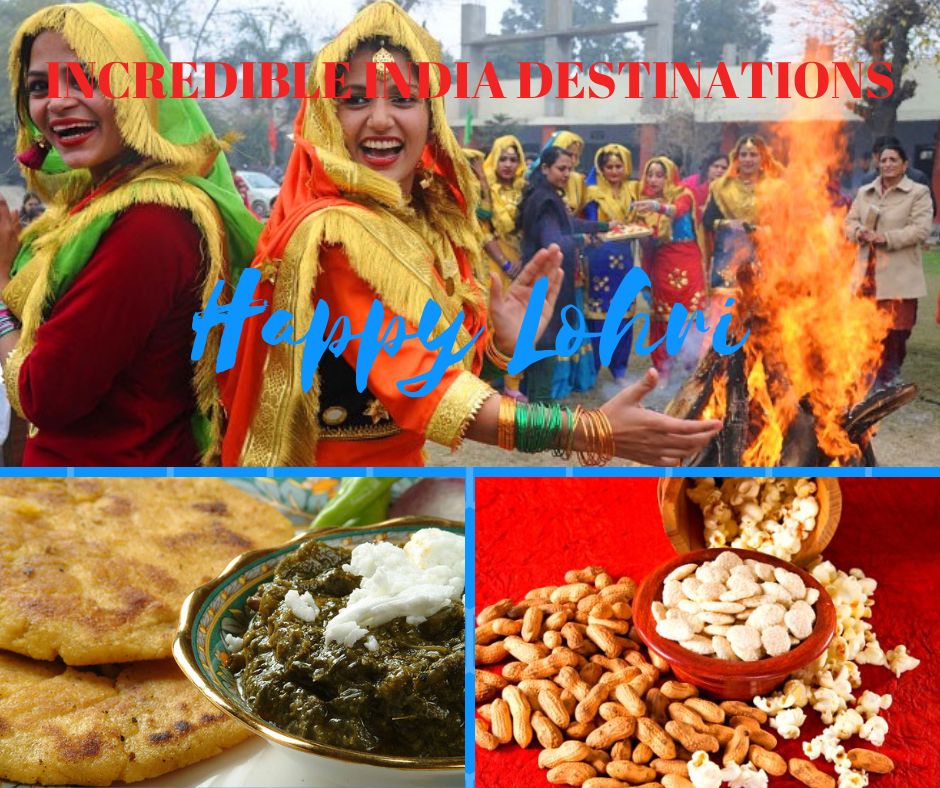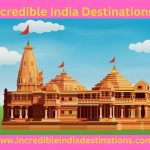Historical Significance of Lohri
The festival of Lohri is mainly celebrated in North Indian states like Punjab, Haryana, Himachal Pradesh, and Jammu. Lohri is the long-awaited Bonfire festival. People come out of their homes and celebrate the harvesting of the winter crops and give in to relax and enjoy the traditional folk songs and dances. It is mainly seen as an occasion marking the end of the winter and the beginning of a new harvest season in Punjabi. Lohri involves a Puja Parikrama around the bonfire and distribution of Prasad. This symbolizes a prayer to Agni, the spark of life, for abundant crops and prosperity. This festival is to worship fire and is an auspicious occasion for newly married couples.
This festival is connected with the solar year. The earth, farthest from the sun at this point of time, starts its journey towards the sun, thus ending the coldest month of the year, Paush, and announcing the start of the month of Magh and the auspicious period of Uttarayan.
According to the Bhagavad Gita, Lord Krishna manifests himself in his full magnificence during this time. The Hindus ‘nullify’ their sins by bathing in the Ganges.
There are many stories behind celebrating Lohri. They are –
1.) The story of Prahalad
Prahlada was the son of Hiranyakashyap a demon king, and the father of Virochana. He was devoted towards Vishnu. His father didn’t like his spiritual inclination. He tried to warn Prahlada. Despite several warnings from his father Hiranyakashyap, Prahlāda continued to worship Vishnu instead. His father then tried many ways to kill Prahlada but in vain.
Holika, the sister of Hiranyakashyap, was blessed in that she could not be hurt by fire. Hiranyakashyap puts Prahlāda on the lap of Holika as she sits on a pyre. Prahlāda prays to Vishnu to keep him safe. Holika then burns to death as Prahlada is left unscathed. This event is celebrated as the Hindu festival of Holi. From there, people started celebrating Lohri and burn woods at night and “Pray to Fire” that don’t harm our sons like you didn’t harm Prahalad.
2.) History of Lohri in Punjab
The central theme of many Lohri songs is the legend of Dulla Bhatti, who lived in Punjab during the reign of Mughal Emperor Akbar.
The cultural history of this festival centers about a Rajput tribe called Bhatti, during the reign of Akbar in the inhabited parts of Rajasthan, Punjab and Gujarat. Raja of Pindi Bhattian, Dulla Bhatti, was sentenced to death by the Mughal king for revolting against him. The history of the tribe is traced by the tribal street singers, who claim that Maharaja Ranjit Singh is one of their scions.
He was regarded as a hero in Punjab. Besides robbing the rich, he rescued poor Punjabi girls, being forcibly taken to be sold in slave market. He arranged their marriages to boys. Among them were the two girls Sundri and Mundri (Married in 1614) who gradually became theme of Punjab’ folklore. So some Lohri songs express gratitude to Dulla Bhatti.
Dulla Bhatti, Raja of Pindi Bhattian, was put to death by the Mughal king for revolting against him.
3.) Another version of Lohri
There is also another version of Lohri. In olden times, human beings lit fires to keep away flesh-eating animals and protect their habitations. Everyone contributed to this communal fire, for which young boys and girls collected firewood from the jungle. The Festival of Lohri marks the beginning of the end of winter and the coming of spring and the New Year.
That is why even today when people burn cow-dung cakes collected by teenagers who go around looking for them. The Lohri bonfire is symbolic of our old method of protecting ourselves as well as a form of fire worship. It is to the Lohri fire that couples pray for more children and parents for husbands for their unmarried daughters.
How and when it is celebrated?
Lohri is celebrated on the 13th day of January in the month of Paush or Magh, a day before Makar Sankranti. A week before Lohri, children begin gathering firewood, hunting for logs that will burn well.
A spirit of good-nature rivalry binds the community together and everyone takes pride in making the biggest and most grand bonfire in their neighborhood.
Lohri is an important festival which brings the entire community together, each family contributing sweets made of til and gur, peanuts and many other delicious home-made delicacies.
It is all about being with closed ones and thanking god for all the prosperity bestowed. Bonfires are lit on the occasion and all family members and invited guests take their turns to move around the Lohri bonfire and throw puffed rice and popcorns into the fire along with other sweets. The festival is followed by Punjabi Gidda and Bhangra to the beats of the drums. Young boys and girls go from home to home and asking for Lohri, which is some form of donation either in cash or sweets. There is a traditional dinner with Makki ki Roti and Sarson ka Saag. Then the Prasad is distributed which comprises of six things: Til, dry sweet dish, Gur (jaggery), Moongphali (peanut), Phuliya and popcorn.




